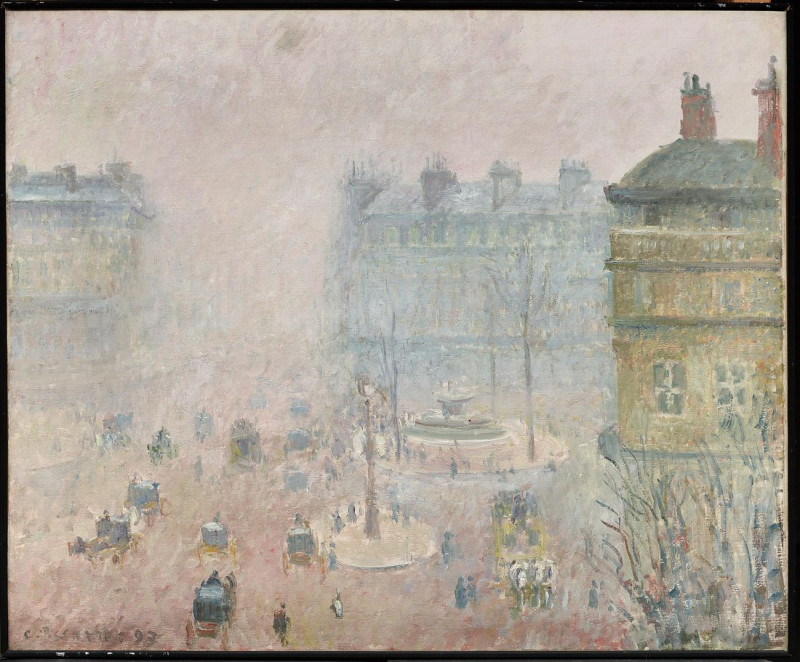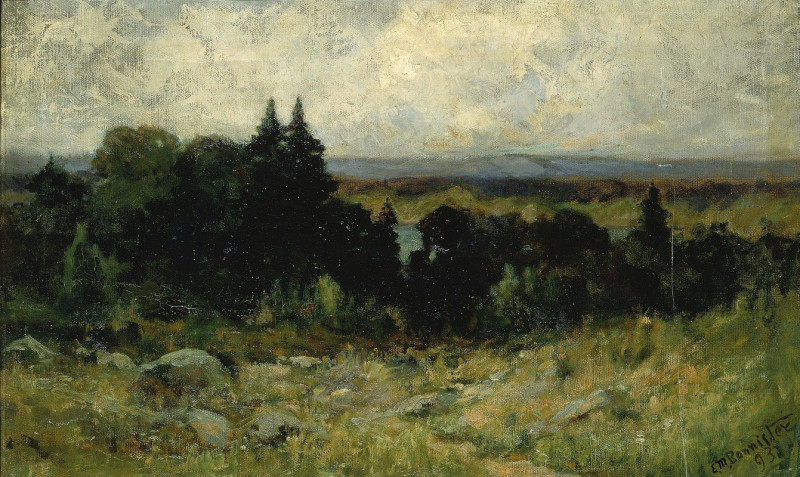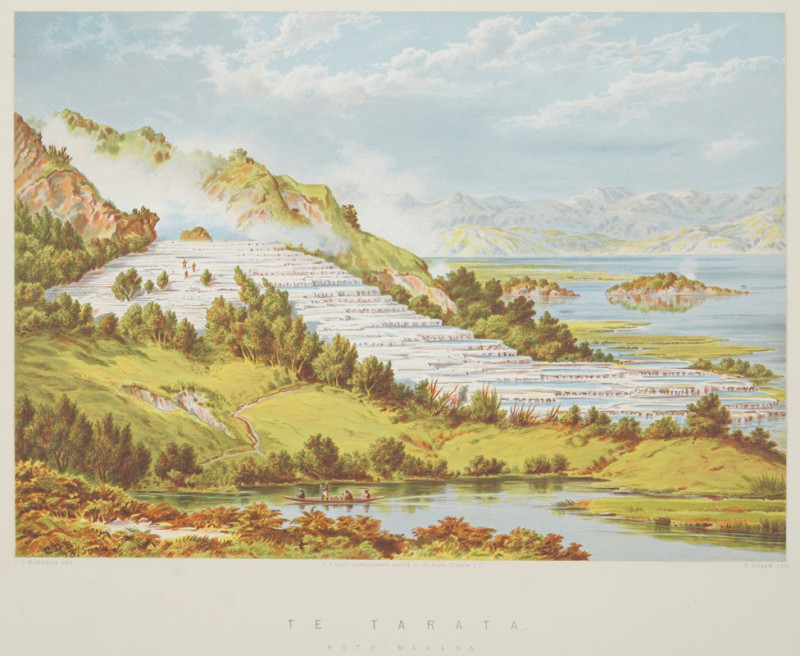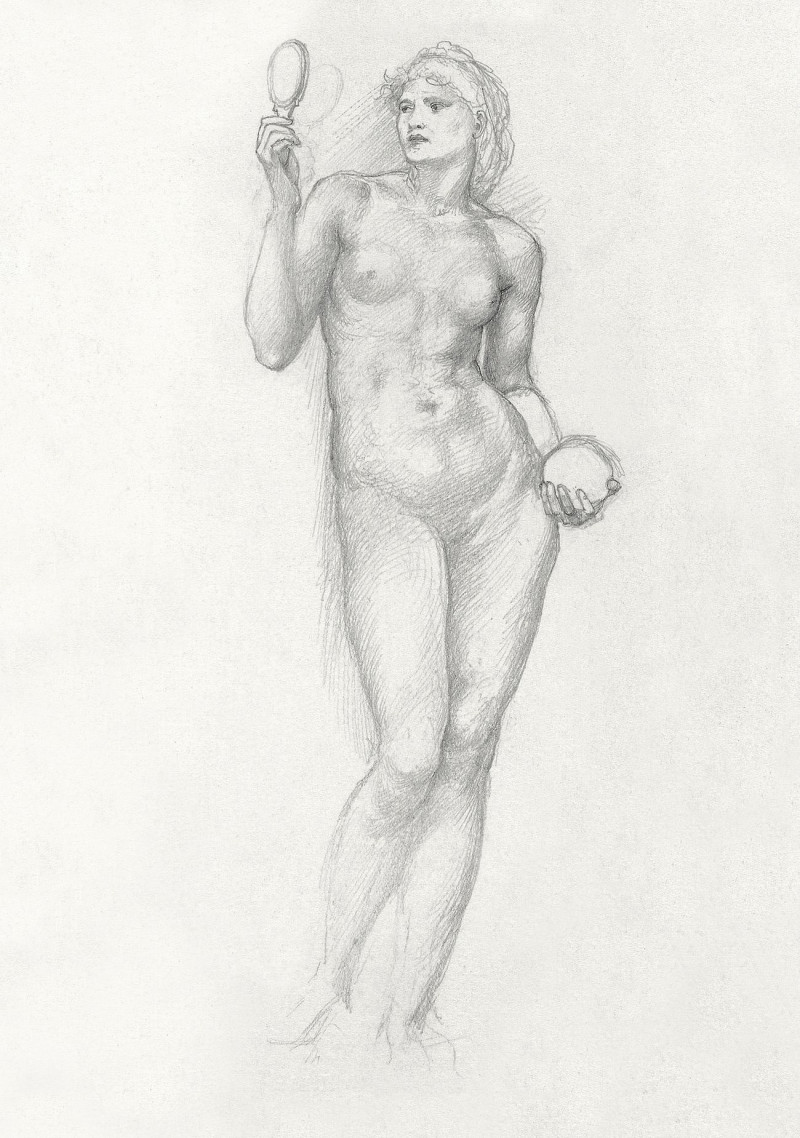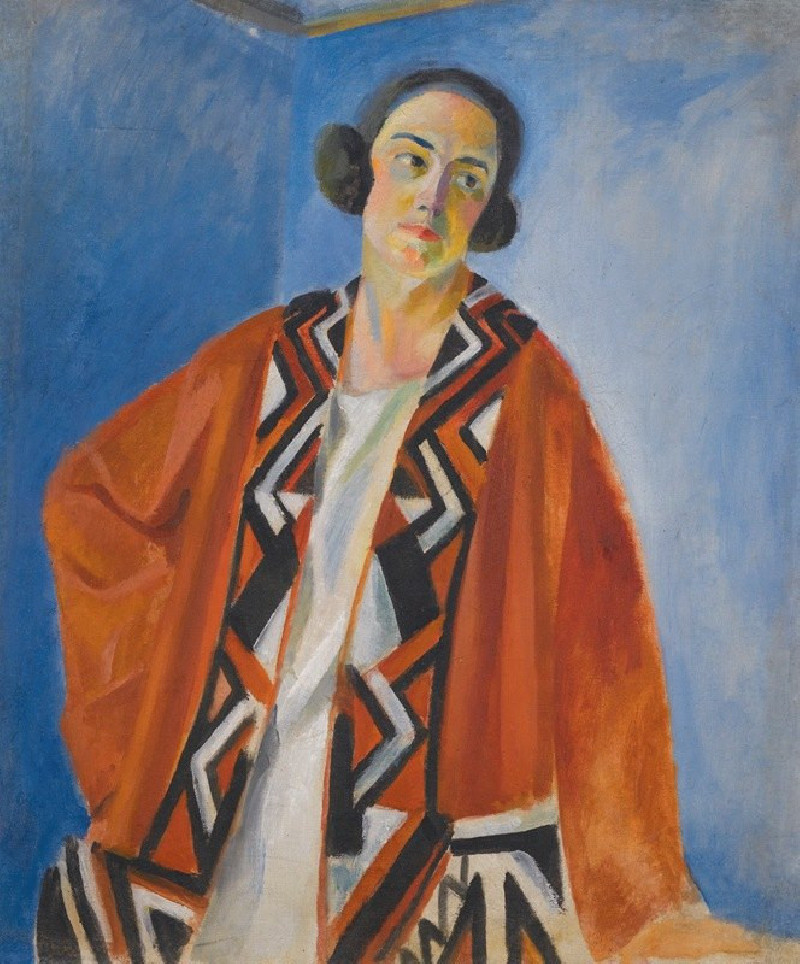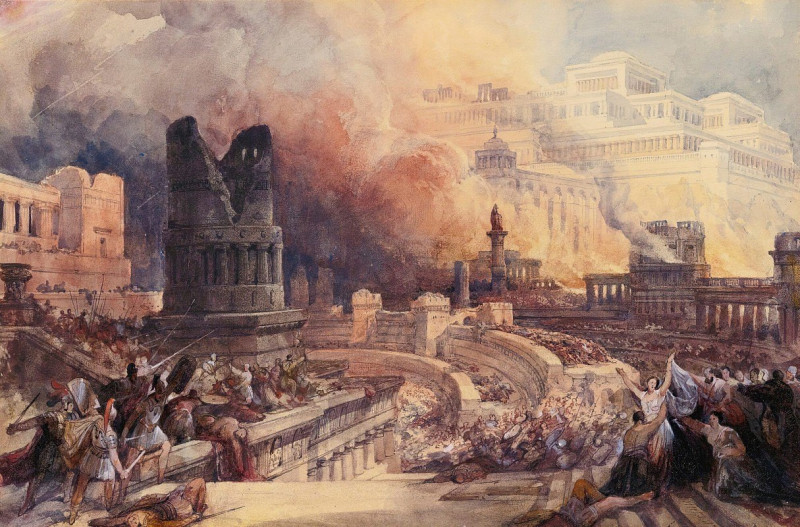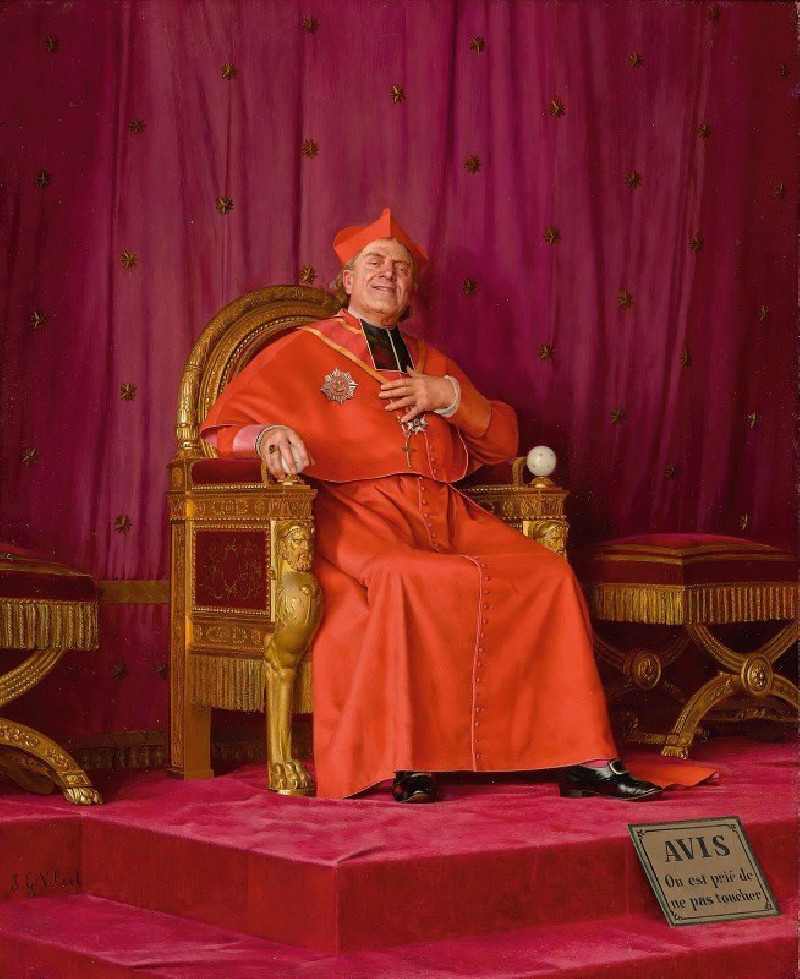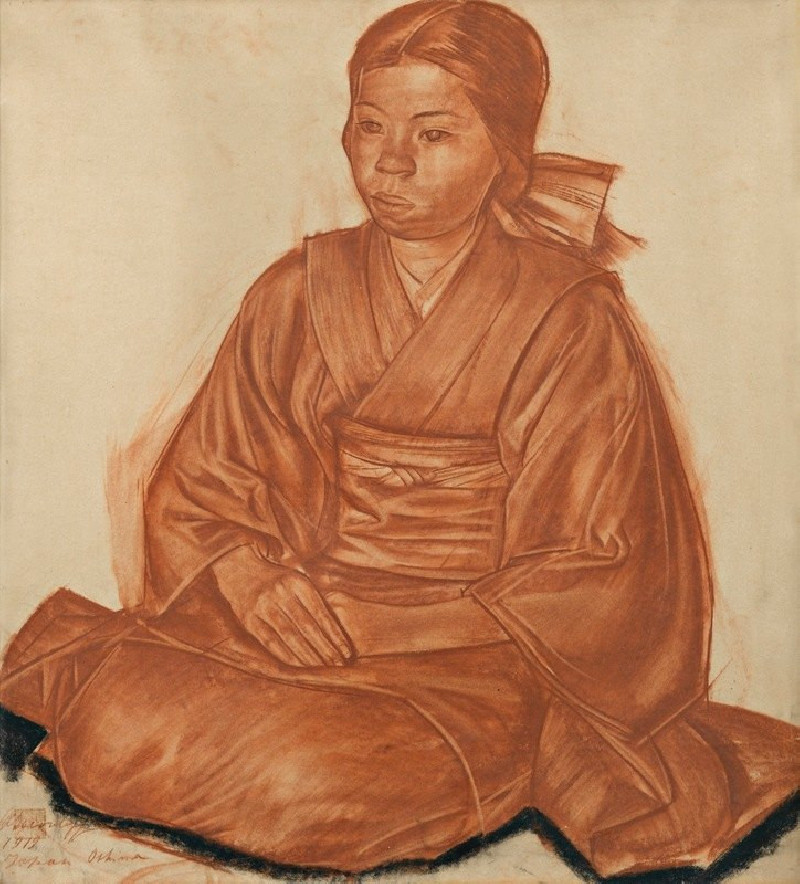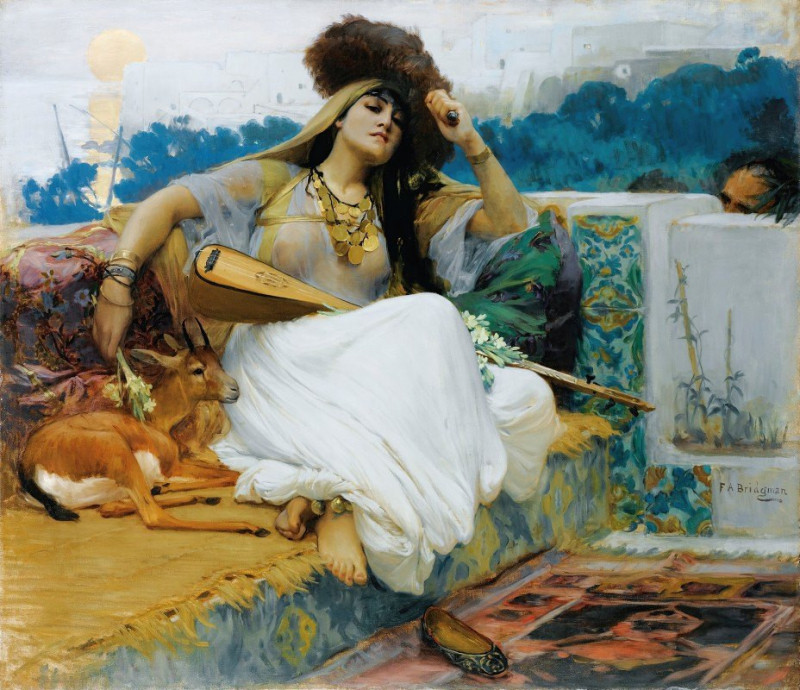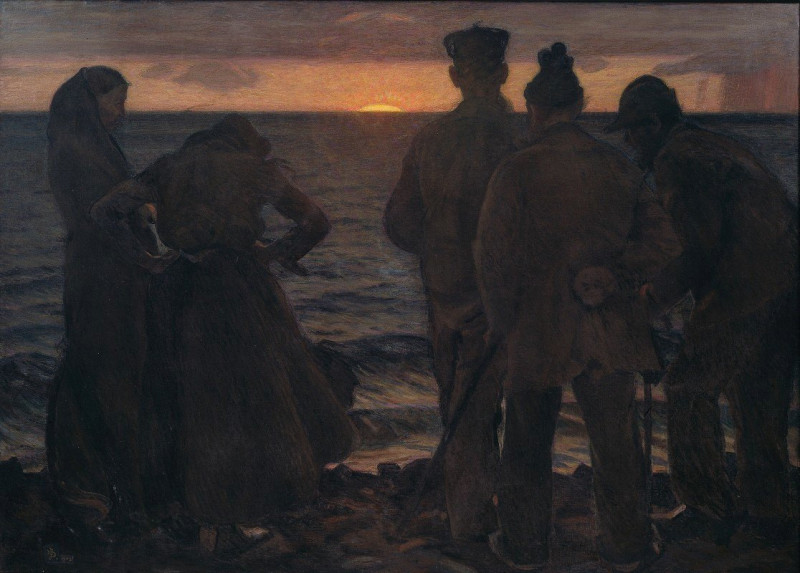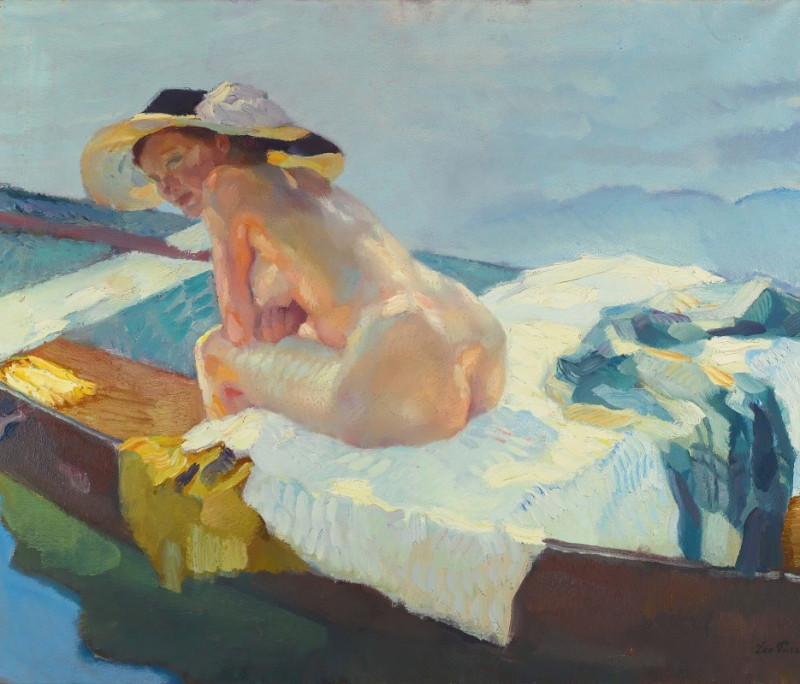Place Du Theatre Francais: Fog Effect
Technique: Giclée quality print
Recommended by our customers
More about this artwork
This painting, "Place Du Theatre Francais: Fog Effect," by Camille Pissarro presents a fuzzy, impressionistic view of a bustling city scene shrouded in fog. As a key figure in the Impressionist movement, Pissarro showcases his interest in the effects of light and atmosphere on urban landscapes. In this work, the soft, diffuse light blurs the details of the busy square, enveloping the scene in a misty veil.The painting captures a typical day at the Place du Théâtre Français in Paris, with several figures and horse-drawn carriages moving through the plaza, suggesting the rhythm of daily life. The foreground is lively and somewhat more defined, showing people and carriages in motion, whereas the buildings in the background, including the edges of the square and the rooftops, fade into the hazy, foggy atmosphere, creating a sense of depth and distance.The subtle use of color contributes to the foggy effect, with a palette dominated by grays, blues, and earthy tones that blend seamlessly into each other, distinguishing the forms and the space primarily through tonal variations. The composition focuses on the interplay of natural and urban elements under the specific weather condition, masterfully capturing the chilly and moist air that softens and muffles the scenes of everyday city life.
Delivery
Returns
Blessed are they who see beautiful things in humble places where other people see nothing. — Camille Pissarro
Camille Pissarro (1830-1903) was born on St.Thomas (now the US Virgin Islands) to a Portuguese father and a Dominican mother. He went to Paris to study art at Ecole des Beaux-Arts. He was an early pioneer of pointillism and neo-impressionism and later became a mentor of many famous impressionist painters including Cezanne, Manet, Renoir, and Gauguin. His paintings depicted rural and urban French landscapes and lifestyle. Many of his works politically captured images of peasants and laborers. Today, he is considered the father of impressionism.

